A greenhouse can help shelter tender plants from the cold winds, pouring rain, frost and snow of winter. But as temperatures plummet, especially at night, it can be hard to keep a greenhouse warm enough to protect precious plants.
A greenhouse heater is the obvious sharolution to maintaining a minimum temperature in a greenhouse over the winter. But with energy prices and living costs rising, many of us will only want to put on a greenhouse heater as a last resort – if at all.
Read on for low cost ways to protect tender plants in winter.
Greenhouse heating: how to keep costs low
Check the temperature your plants really need
Don't waste money and energy on keeping your greenhouse warmer than it needs to be – research the requirements of your plants and establish the minimum temperature that they can cope with.
A greenhouse can be kept frost free if temperatures do not go below 4°C (39°F). This is fine for many plants that simply require frost-free conditions over winter – especially if they are only watered sparingly (if at all). Dahlia and canna tubers, alpines, banana (Musa basjoo), sweet pea seedlings, rooted cuttings, pelargoniums, bedding plants, winter salads and some succulents and cacti all fall into this category.
Many citrus plants are hardy down to around 7°C, although some, such as calamondins, need a minimum temperature of 10°C.
More tropical plants, such as strelitzia, need a minimum temperature of 10°C (50°F), while others, such as brugmansia or colocasia, need consistently warmer temperatures than that, more akin to those needed by house plants.
It is a good idea to group plants with similar requirements together – this will make it easier to give them additional protection when temperatures plummet.
Use a thermometer
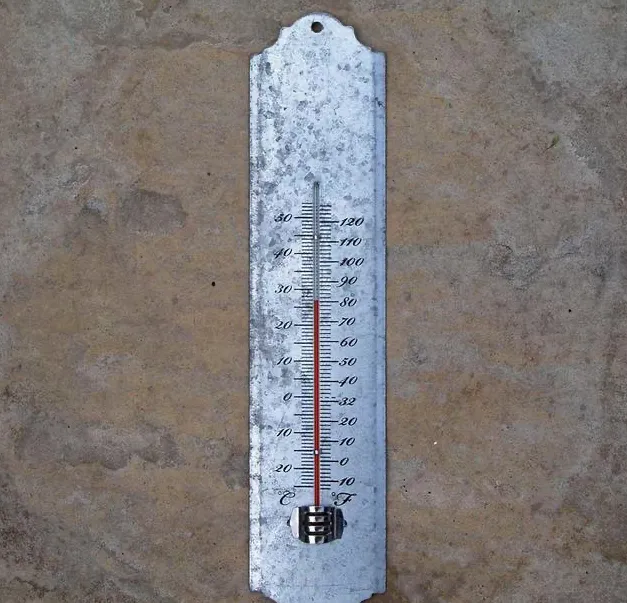
A max-min thermometer is an easy way to track the temperatures in your greenhouse – it helps you find out what the temperature drops to during night and how hot it gets during the day.
Read about nine of the best thermometers.
Use a greenhouse heating calculator
If you have a greenhouse heater, an online greenhouse heating calculator allows you to estimate how much it will cost to heat your greenhouse to a desired minimum internal temperature.
Clean the glazing and seal cracks
Maximise the amount of heat or light from the sun entering the greenhouse on bright days by cleaning the glazing of the greenhouse.
Minimise cold draughts by sealing cracks, checking that the door seals well and replacing broken panes.
Cover plants with horticultural fleece or a cloche
If you have grouped plants with similar requirements together, you can then give them additional protection if needed. Cover them with horticultural fleece or group smaller plants under a cloche – or even put a clear plastic bag over the top of each pot. You can also wrap pots in wool, hessian or fleece to protect the roots.
Read about our ideas for winter protection for plants.
Insulate with bubble wrap
If you have a greenhouse full of tender plants, you insulate the whole area by attaching horticultural bubble wrap to the glazing. It lets light through, while locking in heat from the winter sun. Use horticultural bubble wrap, as opposed to the type used for packaging – it is double sided, stronger and has bigger bubbles, which insulates better and lets in more light.
Bear in mind, however, that winter crops growing in the greenhouse, such as winter salads, need as much light as possible, so bubblewrap is best avoided.
Ventilate well

Good ventilation is essential to avoid a damp atmosphere from condensation building up helping the spread of fungal diseases and grey mould. Open the greenhouse vents or doors on sunny days (but don't forget to close them up again).
Make a curtain or heat box
You can create an extra warm space within your greenhouse by making a curtain of a layer of bubble wrap or double layer of horticultural fleece, hung from the roof and reaching to the floor. Clip into place using bulldog clips or clothes pegs.
Put a greenhouse within a greenhouse
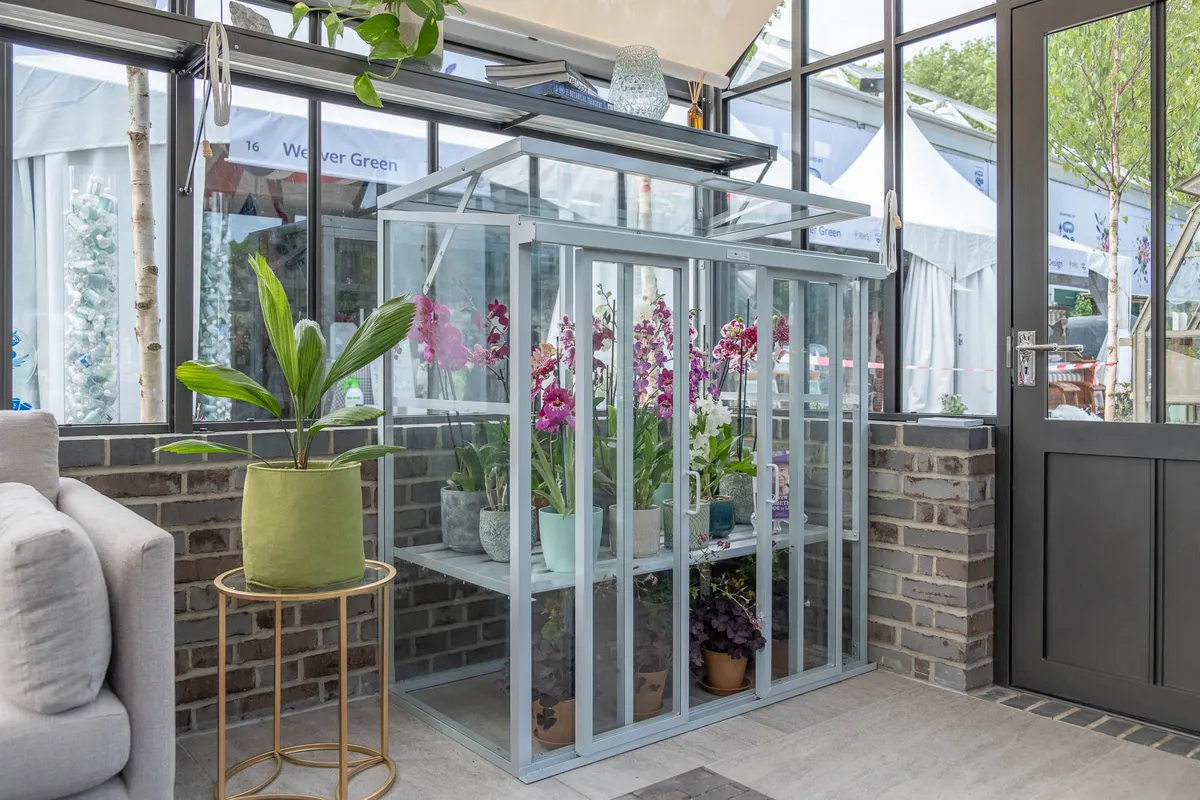
If you have a large greenhouse, you can work with the 'Russian doll' effect – placing a mini greenhouse, containing your most tender plants, within a larger one – as shown here, at the RHS Chelsea Flower Show 2022.
Read about our recommended mini greenhouses.
Create a heat sink
A heat sink absorbs heat from the sun during the day, then releases it at night when temperatures fall. Experiment with making a homemade heat sink, such as a big plastic container (ideally in a dark colour) filled water. Bricks and clay also absorb heat in the day and release it at night, and if you can get hold of any, old storage heater blocks would be ideal.
Move key plants indoors
If you’re lucky enough to have a conservatory, you can use it to overwinter your most delicate plants, especially if it is heated. If you don't have a conservatory, some plants, such as pelargoniums or pelargonium cuttings taken in late summer, will be fine on a sunny windowsill.
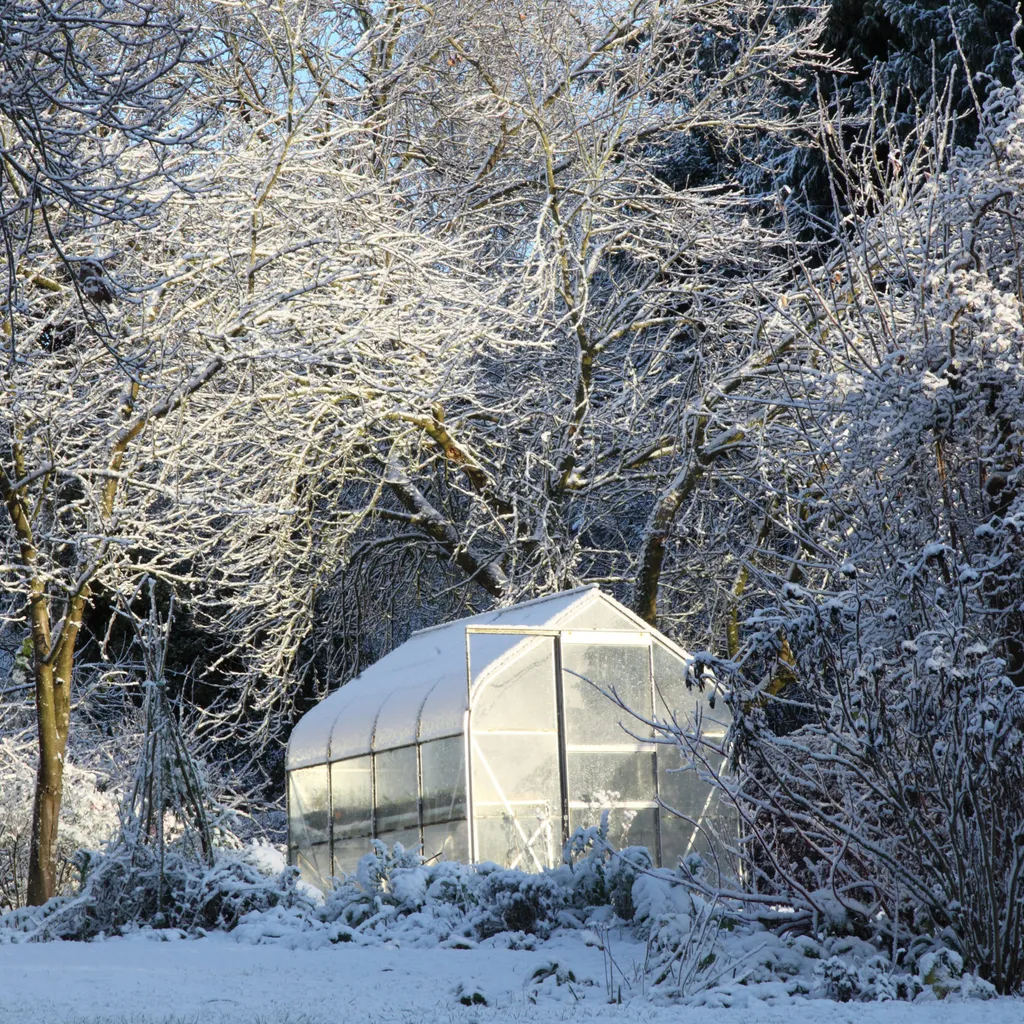
Read about the best plants for a conservatory.
Use soil-warming cables or heat mats
If you have mains electricity, you could warm the soil in a raised bed using soil warming cables – these provides heat where it's needed, at the roots, and can be operated with a thermostat. You can also used heated growing mats under plants in pots.
Use a cold frame
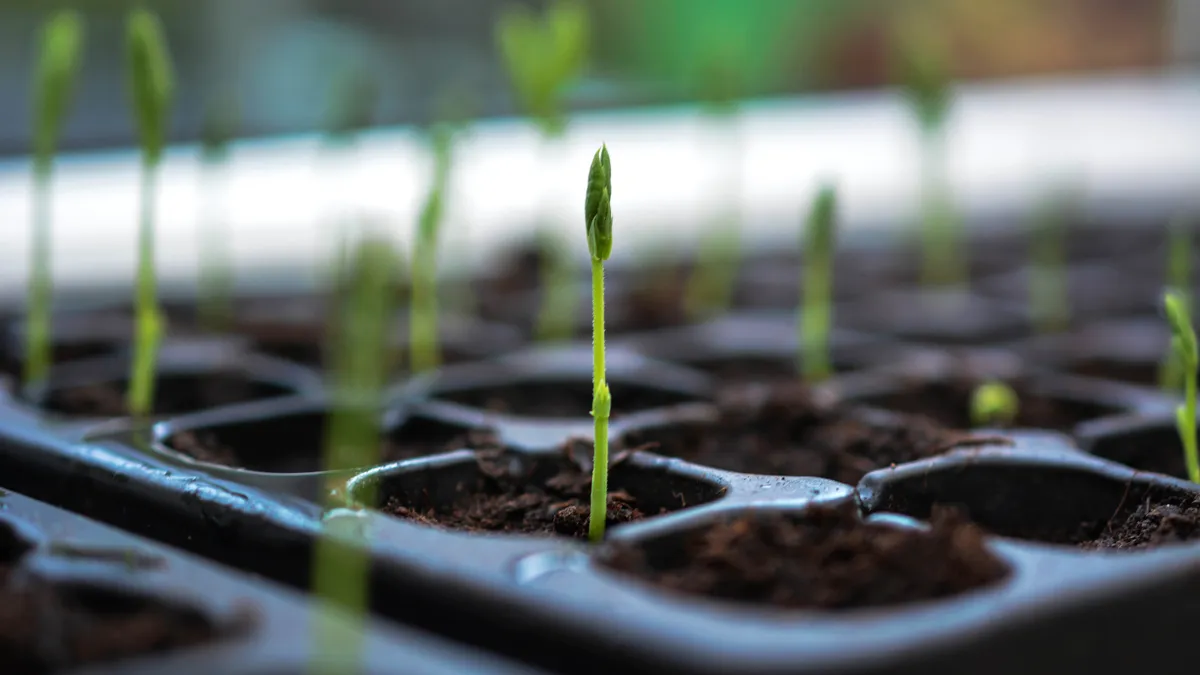
Some plants, such as alpines, are more susceptible to winter wet than cold, and a cold frame is ideal for protecting them. You can also overwinter winter salad crops and sweet pea seedlings in a cold frame, as well as many other borderline hardy plants.
Read about our recommended cold frames.
Use a heated propagator
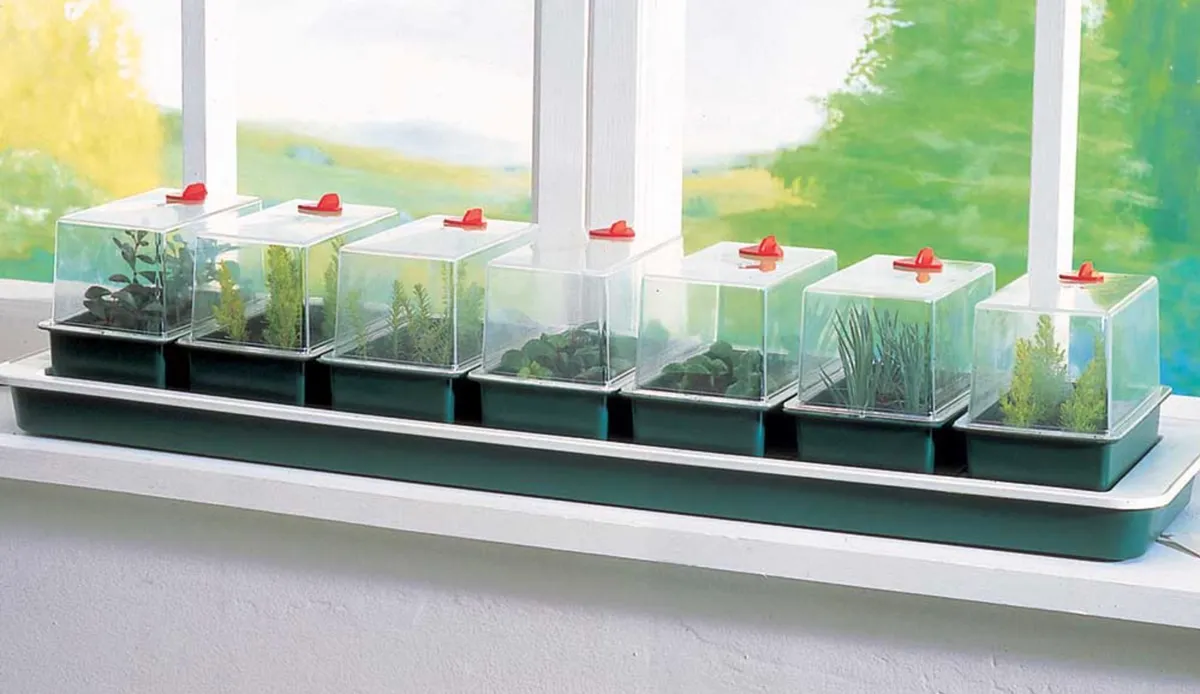
If you want to give seeds a head start, a heated propagator is a useful piece of kit, and many can be placed on a windowsill indoors – with no need to give your greenhouse any extra heat. Bear in mind, however, that the seedlings will need to be kept somewhere warm while they grow.
Read about the best heated propagators.
Sow later in the season
As veg grower and no-dig guru Charles Dowding points out, it is often more practical to wait to sow seeds in spring until the weather starts to warm up. He told us that as a greenhouse can still be cold at night in spring (which can check growth), he often starts his seeds off in the house, growing them on in the greenhouse as the spring progresses and transplanting them outside when the weather has finally warmed up.
Choose plug plants carefully
Plug plants often appear at garden centres in early spring, when temperatures are still low. They represent excellent value, but do need growing on in a warm environment until all risk of frost has passed. It may be better to grow them on on a sunny windowsill, or wait to buy trays of larger plants later in the season. Or grow hardy annuals from seed directly outdoors from March.
How to use a greenhouse heater efficiently
An electric fan heater is considered the most efficient for a greenhouse, as it circulates the heat around the whole space, but it does of course need mains power. If you don't have electricity, propane and paraffin heaters can be used. Most greenhouse heaters come with a thermostat, which you can set to only come on when the temperature goes below a certain point.




